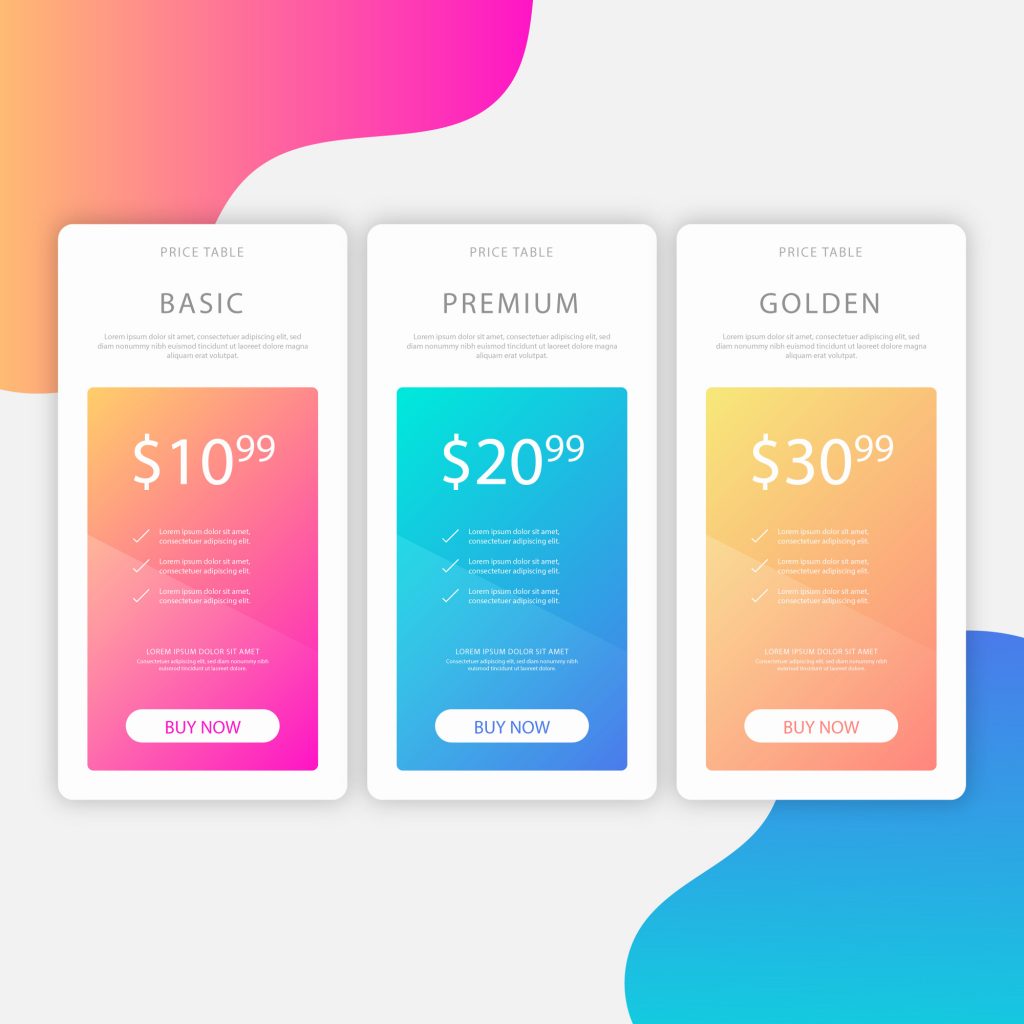Selling software product on the Internet is an activity that requires knowledge in the areas of communication, marketing, sales, and law. However, it is not that complicated to place your software product in a leading market position. You might even be passionate about selling software product as long as you follow the framework that follows in this article.
Here, we assume that your software is complete, technically to the point but no other action has been taken on the business side. If you have already put some actions in place for your software product, it is better. This will help you to better understand the 8 steps to follow
1. Create a Brand and Position it Against Competitors
The mark refers to all the elements that allow making a representation and an opinion of the software. Consider this step as a prerequisite for selling your software over the Internet. For a mark to fulfill its role, it must consist of the following elements:
- A name: it must be short, talking and must correspond to an available domain name. If .com is not available, think of .io, .co, .app, or .net. Avoid names that are difficult to reference.
- A logo: The logo will immediately give an image of trust, seriousness, innovation or amateurism. Do not reinvent the wheel and start from a simple concept and do not use more than 3 colors

Image Source: – Nathan Riley
- A value proposition: Synthesize in one sentence what your product does for its users. This will allow you to position yourself and communicate effectively.
- A positioning: nothing better than drawing a SWOT and the 4 Ps on a paper for that. As a reminder, the SWOT refers to strengths, weaknesses, opportunities, and threats. The 4 Ps of the marketing mix are Product, Price, Place, and Promotion. The positioning will result in relevant actions to target your customers.
2. Choose A Business Model
The software market has experienced a real revolution with the SaaS model. It arrived in the 2000s and which conquers larger shares of software distribution modes. Choosing a distribution mode is how to sell your software. Here is the information to know about each of them:
- Commercial license :
The license corresponds to the purchase of a perpetual right of use of a software by a given user. The license has the enormous advantage of providing you with an important “upfront” income. Your customers immediately pay for the entire product before they even try it.
- Subscription
Subscription replaces the license since the success of SaaS. With the subscription, the customer pays only what he consumes each month. Subscription is the classic formula for all online software. It usually includes software cost, updates, info-management, and support.

Image Source: – coolvector / Freepik
The advantage of the subscription is to reassure the user because he can leave when he wants and he pays over the water.
- Commission :
The commission is a rarer business model that is interesting when transactions pass through your platform as is the case for Stripe. In this case, the use of the software is free but you take a share of the revenue generated by your solution.
- License and Free Subscription :
You could distribute your software for free. This is the case for almost all of Google’s tools. However, this mode of remuneration is badly accepted.
- Copyleft:
Copyleft is a permission given by the author that aims to frame the uses of the software. These types of software are not commercial and are created to enrich knowledge and culture
3. To Comply with the Law
Legal compliance is not just about taxing you or avoiding jail time. It is also a sign of seriousness and credibility that is observed by your potential customers.
4. Create Your Website
Thanks to the first point of this tutorial you can start without delay in the design of your showcase or merchant website. The website of a software publisher must be simple and convincing. Here are the essential elements to include:
- A video presentation: the 1-minute video is the most effective way to transmit to potential buyers the elements that will engage them for purchase.
- Features: List all the features of your software to eliminate the doubts of potential buyers.
- Price: compare the different offers or editions you offer in a clear, attractive and action-oriented table.
- Legal pages: Mention Legal notice.
- Blog: If you have time, a blog will strengthen the power of your site if you want to develop an SEO strategy.
- Translation: Translate your site into all the languages of your software. WordPress makes it possible to create a site supporting different languages.
- Testimonials: Collect each customer feedback to turn them into testimonials. The testimonials convince potential users who would doubt that the tool you are offering is the best for them.
- References: This is the name of the companies that use your software.
- Means of contact: chat or phone number clearly displayed in the upper corners of your site or online shop.
- Call to Action: Purchase or test action of the software clearly highlighted.
5. Manage e-commerce, financial and accounting aspects
Many turnkey tools exist to facilitate the financial and accounting management of your software sales activity on the Internet. No need to embark on the creation of an online store. For this, you need to have 3 elements:
- The Bank: If
selling software product is a full-time business, choose a professional bank that will assist you with other more general financial aspects.
- The payment gateway: The payment gateway allows you to cash in different ways of payment such as credit card, PayPal, etc.

Image Support: – Sejal Gondaliya
- The billing management: You must be able to manage the time or recurring billing your customers. In the case of a one-time billing, you can use standard billing software. For recurring billing, you can use software like ProAbono that handle all these aspects for you.
6. Make Your Brand Known by Working on its Notoriety
Boost brand awareness allows you to market your product through word of mouth and the press. Here are some levers to boost your notoriety:
- Reviews: Collect customer insights and share them on comparators, review sites, social media, and your website.
- Backlinks: Ask sites to talk about you in their articles and include a link to your site by putting the link on your brand name. An anchor on your mark will give him power.
- Social Networks: create a page and seduce your audience by sharing content that interests them.
- Public Relations: Ask computer press sites to talk about you. You can contact editors on Linkedin, and through PR agencies.
- Forum: Answer questions from users about your software. If your answer is interesting and complete, the customer will love trying your product.
7. Put in Place a Customer Acquisition Strategy
Once the previous steps have been mastered, proceed to the customer acquisition phase. Again, you have to focus on several levers.
- Prospecting: Prospecting is the most difficult way to pick up customers. On the other hand, it remains very effective today.
- Organic Traffic (SEO): SEO will develop mainly through your blog and back-links press sites and others.
- Paid Traffic (SEA): Paid traffic can be effective if you calculate your costs and margins correctly. Without calculation, there is no success possible. Moreover, costs can be very high. Bing and Facebook are much cheaper, but the volumes are much lower.
- Referencing Directories: Software directories allow you to benefit from a privileged exposure to people looking for software like yours.
- Value Added Consultants and Vendors (VARs): Larger software vendors often go through re-sellers and integrator to provide the sales side for them. Working with a network of re-sellers or consultants can significantly accelerate your growth.
- Banners and Placement of Advertisements: This involves placing banners on partner sites through an affiliate, advertising or re-targeting platforms.
- Inbound Marketing: Inbound Marketing is in vogue. It’s about bringing potential buyers to you. A branch of Inbound Marketing, Content Marketing, aims to distribute content in return for contact information.
8. Technical Support and Customer Service
If a user faces any problem related to the functioning of the software, he can contact the support desk anytime. The overwhelming numbers of requests are solved with the help of first-line support specialists. In more complex cases or for technical queries, the application goes to second-line employees. They are well versed in the area in which the problem occurred.

Image Support: – alexandrov alexandr
Thus, the customer support department plays a huge role to satisfy customers and retain them. So do not skimp on customer service, you will certainly collect the fruits of your efforts.
Conclusion
Selling software product and service is quite easy when done online where promoting cost is generally cheap. This allows you to reach the global market where your product is accessible to the large audience. By keeping all these basic steps in mind, you can surely make a big difference in your sale. This will lead you to the successful marketing and selling of your software product.


